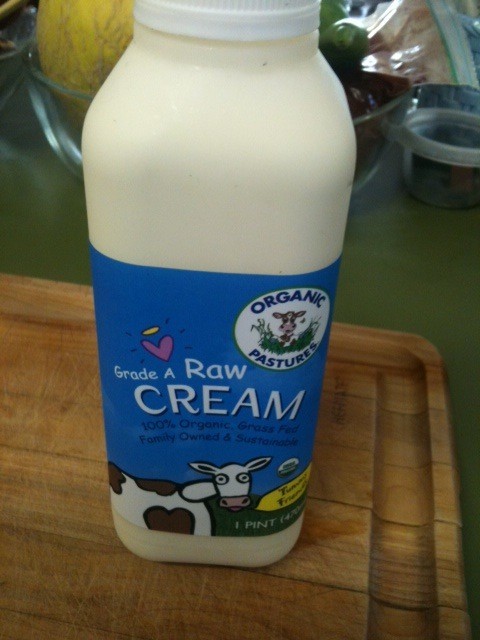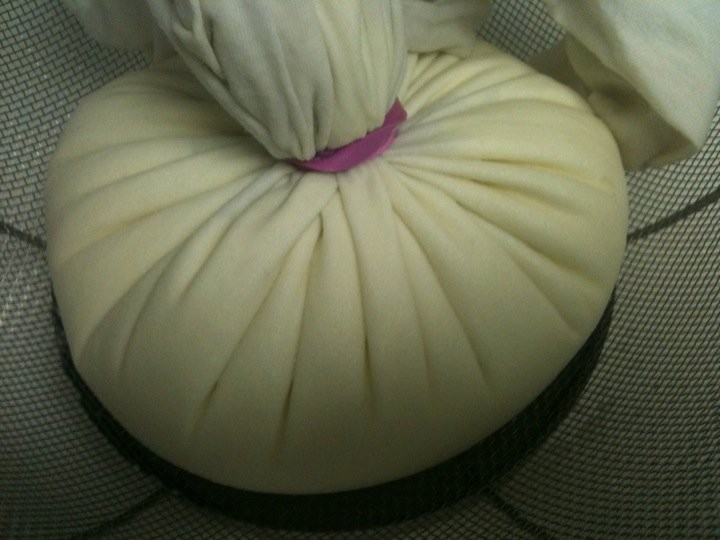
It seems not to be possible to have a reasoned discussion about raw milk. For such a minor part of people's everyday lives, it inspires bitter argument.
Detractors of the raw milk movement, including pretty much every food safety organization you've ever heard of, say that food-borne illness spikes when raw milk is consumed widely and that only pasteurization can make our children safe.
Supporters of the movement have a litany of health benefits they claim raw milk provides, including better digestion, a reduction in food allergies, and even a decline in obesity. They point out routinely that Europeans have raw milk available to them with nearly no ill effects.
]
Raw milk is illegal in most of the United States. In California, it's
permitted to be sold only from dairies that have been inspected by the
California Department of Food and Agriculture; this is why Rawesome was
raided. Not only is raw milk typically illegal, but products made from
it must be aged in order to be sold, which is why you can't bring back
that gooey Brie de Meaux from France you fell in love with.
I'm not strongly on either side of the debate; there are plenty of
examples of nations living happily and healthily without pasteurization,
but a milk-related increase in obesity is probably due to the fact that
“a glass of milk” has gone from a cup to nearly two cups in the last
thirty years. I only care if it tastes good.
I bought my raw milk and raw cream at the Saturday morning farmers market in Orange, from the Organic Pastures booth. Organic Pastures-brand milk comes from a CDFA-compliant dairy, so it's completely legal. It's nearly twice the price of regular milk at $7 a gallon, so the bar is high.

I brought it home and decided to have a small glass by itself. There was a frisson of excitement as I took a sip. I'm not sure what I expected–I've certainly drunk my fair share of raw milk both directly from the cow and bought in stores in Europe–but it was, after all, just a glass of milk. The taste was only slightly different from standard milk, a bit grassier–something it had in common with pasteurized, organic milk. I made some ricotta and let it drain longer than usual, and it was slightly better than ricotta made with standard milk, but not enough to justify the price.
Where the difference was hugely noticeable was in the cream. The cream was far more floral-tasting than even pasteurized organic cream. It made amazing whipped cream for berry parfaits, so I decided to take the rest of it and culture it. I mixed a cup of the cream with two tablespoons of organic (but pasteurized) buttermilk and let it sit, covered, on the counter overnight.
In the morning I had crème fraîche the likes of which I haven't had since my last trip to Normandy–but I took it further and whipped the crème fraîche into butter with a pinch of salt. It was outstanding, just as good as the Isigny Ste.-Mère butter that's the pride of French chefs.
Is it worth buying raw milk? I don't know; I don't think so. Is it worth buying raw cream? Absolutely, without a doubt.
Follow Stick a Fork In It on Twitter @ocweeklyfood or on Facebook!

